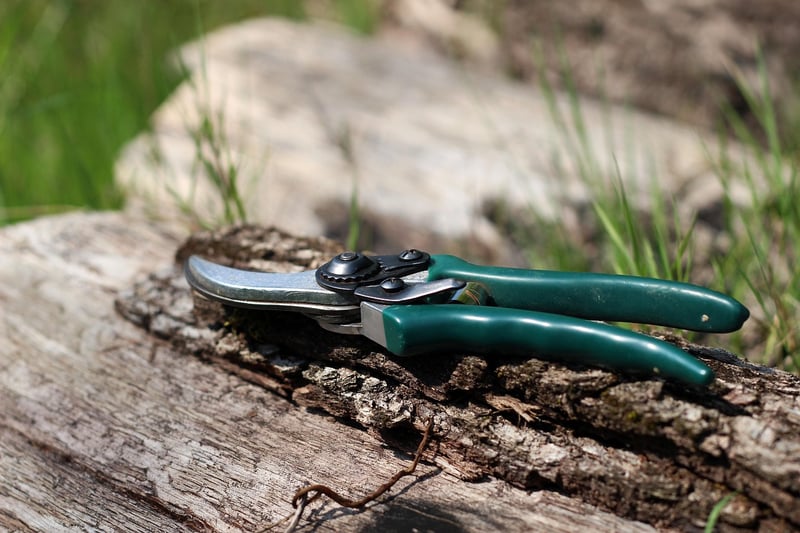Pruning Techniques
Guides for Healthy Plants and Pruning Techniques
The Importance of Healthy Plants
Healthy plants are not only visually appealing but also contribute to a thriving ecosystem in your garden or home. To ensure your plants remain healthy, it is essential to provide them with proper care and maintenance.
Tips for Maintaining Healthy Plants:
- Choose the right plant for the right location based on sunlight, soil, and water requirements.
- Water plants appropriately, avoiding both under-watering and over-watering.
- Fertilize plants regularly to provide essential nutrients for growth.
- Monitor plants for any signs of pests or diseases and take prompt action if needed.
- Prune plants to encourage healthy growth and shape.
Pruning Techniques for Healthy Plants
Pruning is a crucial aspect of plant care that helps maintain their shape, promote growth, and remove diseased or damaged parts. Here are some pruning techniques to keep your plants in top condition:
1. Deadheading:
Removing faded or dead flowers encourages new blooms and prevents the plant from wasting energy on seed production.
2. Thinning:
Thinning involves selectively removing branches to improve air circulation and promote healthy growth throughout the plant.
3. Heading Back:
Heading back entails cutting back a portion of a branch to stimulate new growth and maintain the plant's shape and size.
4. Rejuvenation Pruning:
Rejuvenation pruning involves cutting back the entire plant to stimulate new growth and revitalize an overgrown or neglected plant.
Conclusion
By following these guides for healthy plants and mastering pruning techniques, you can ensure your plants thrive and enhance the beauty of your garden or indoor space. Remember that proper care and maintenance are key to achieving lush and vibrant plant life.


